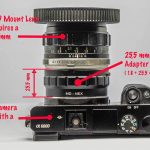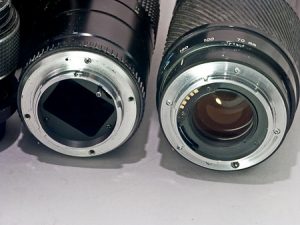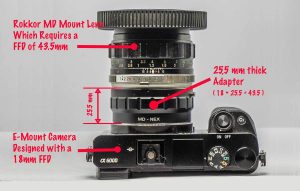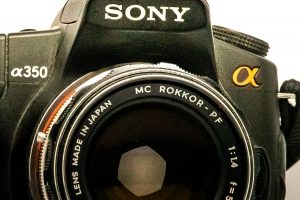I’ve been looking forward to the Ken Burns World War II documentary on PBS. I first became aware of Burns’ talents after watching his Civil War masterpiece some 17 years ago. I was mesmerized by The Civil War, enchanted by the hundreds of photos of famous and not-so-famous participants of that incredible struggle.
I’m a history buff, and WWII has been a special interest of mine, so naturally I tuned in to the first two episodes of Burns’ new seven part series. Called simply The War, it focuses on several WWII veterans and tells their story both at home and in combat.
It is great stuff, but somehow, I found it didn’t measure up to The Civil War. Don’t get me wrong. Burns certainly hasn’t lost his touch — the film is first rate and the stories are incredibly poignant. Nor do I mean any disrespect to the “greatest generation” who fought so bravely for the cause of freeedom in WWII.
Somehow, however, The War didn’t seem to have the same impact of The Civil War. I couldn’t quite figure out what was missing, but after watching tonight’s installment, it hit me. The Civil War was composed entirely of still images. In contrast, The War relies mostly on motion picture film shot during the conflict.
Now, I am a child of the sixties and like everyone else my age, I have watched untold hours of movies, TV shows, documentaries and home movies. I have wrote before how my original interest in photography grew out of studying film making. So I have nothing against a good film. So why do I feel that The Civil War was so much more interesting?
For me, the still images of The Civil War were far more haunting than the “moving pictures” of The War. Obviously, there were no movie cameras around in the 1860s, so all Burns had to work with were still images originally recorded on glass plates. Burns was able to add motion to the stills by slowly panning over the images. This was so successful, that when Apple developed their iMovie application they included a special “Ken Burns Effect” menu item, designed to simplify panning across your own still images when making movies.
Yet, it wasn’t the Ken Burns panning that made The Civil War images so memorable. You have to remember that in that era photographers were probably shooting at an ISO of about 5 or less. They couldn’t snap candids at 1/500 of second, or even at 1/50 of a second. Most of the images required the subject to pose perfectly still while the photographer counted off the seconds to create a useable exposure.
Somehow those still-life poses created incredible glimpses of the men and women involved in the war between the states. Whether it was William Tecumseh Sherman, Robert E. Lee, Mary Chestnut or Eisha Rhodes, you saw things in those images. Because they weren’t moving, you had time to drink in all the atmosphere and ambiance of the images. It was like leafing through a giant picture book, allowing you time to examine each image in detail.
You could see all the trappings of mid-19th century America and often things in the background jumped out to surprise or shock the viewer. But the real impact was the faces of those people who fought each other in that terrible conflict. Because they were forced to hold still while their photo was being made, you have a chance to examine every detail of their face. The eyes are unbelievably dramatic, whether you are looking at some unknown private or at a slave on a plantation or at Abraham Lincoln.
The War has some of these moments, the stills of weary soldiers on Guadalcanal definitely were in this class. Yet most of the film is told with film, and for me the motion detracted rather than aided impact. Maybe it is all those movies I have seen, it is easy to fool yourself into believing that this is just another hollywood movie you are watching, rather than one of the most horrific conflicts in history.
When the still images appear, however, I find myself riveted to those faces, those eyes. This isn’t a fictional story — this is real. If those still images don’t send chills up your spine, then there is something wrong with you.
What does this have to do with our modern world of dSLRs and images stored on silicon chips? I think it reinforces how important still images can be. There is a place for movies, but still images will never become obsolete. Movies can reveal the what, why and how, but still images reveal the soul.
On a more practical level, I’m considering experimenting with some long exposure portraits. I want to see if I can capture some of the essence of the photos of Matthew Brady and his contemporaries. If those long-dead photographers could record unbearably dramatic images with wet-glass plates and primitive lenses, I should be able to delve into someone’s soul with a tripod-mounted dSLR and some neutral density filters.
At least I think it is worth a try…











Perhaps the difference is that still photographs are used to display a truth (the truth) whilst movies show fiction.
Great job on the site, it looks outstanding. I am going to save it and will make sure to visit weekly
I have always liked Ken burns stuff on PBS. Since moving to Europe its has been a while since I seen any but being a history buff, and WWII I am in the perfect place. My new love is Medieval European Castles If you get a chance to visit Europe then you should defiantly visit the castles
Thank you for giving this awesome blog. View mine!